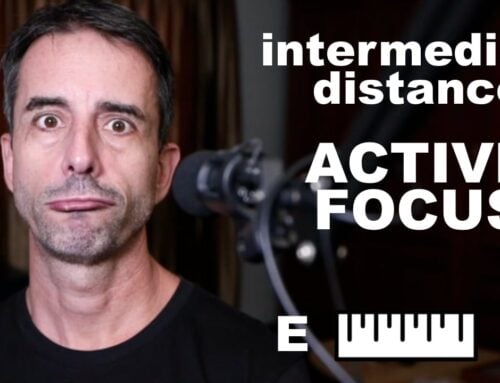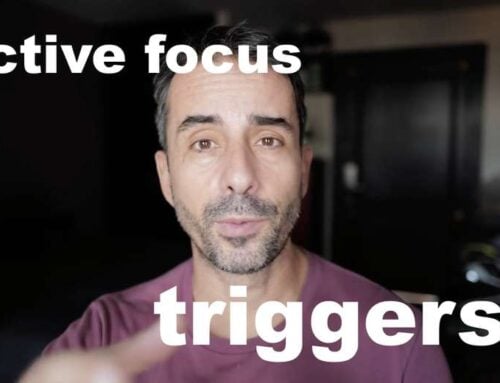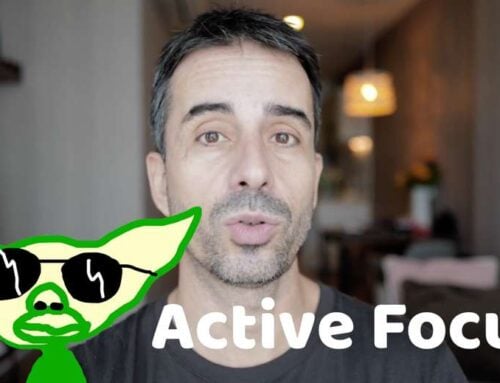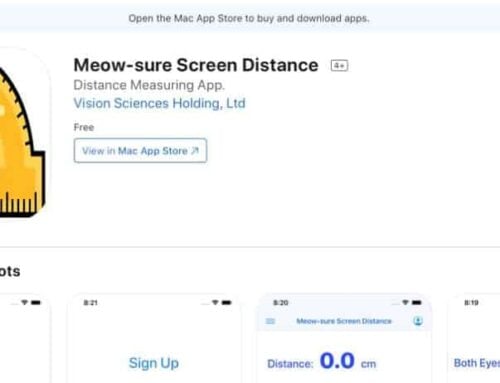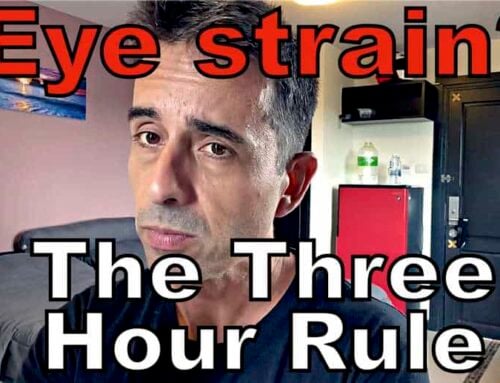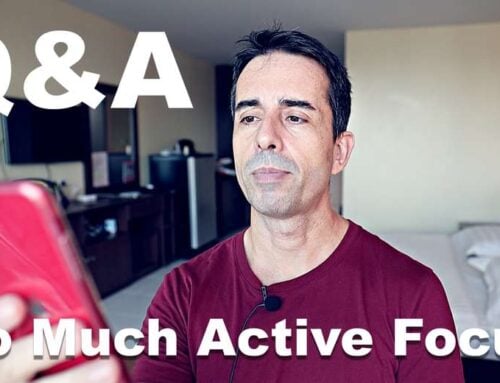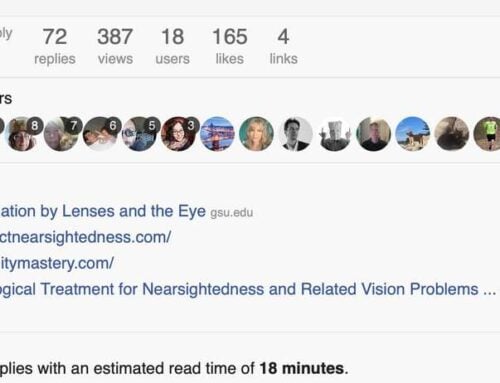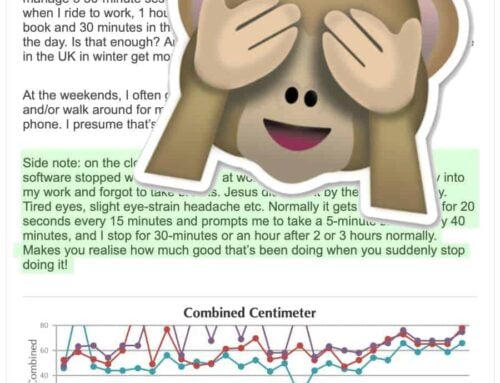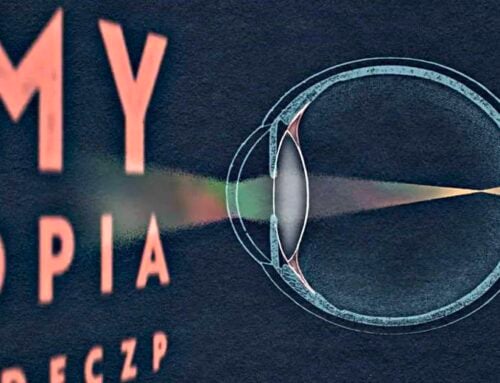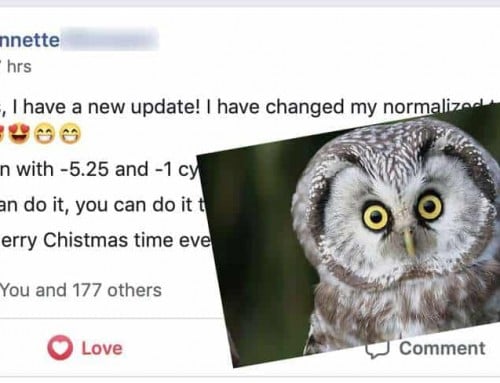Winter is coming.
It’s going to be dark early and cold to go outside (unless you wisely live in the tropics), and you won’t be making nearly as much progress you might the rest of the year. But where progress appears to be temporarily slowed, you can still do a lot to get a head start on spring, now.
In BackTo20/20 we talk a lot about individual strategies to get stimulus and improve your focus. Here’s one of the strategies for those winter evenings:
You probably already discovered the difference between blur and double vision. Blur is highly dependent on viewing distance, whereas double vision can stay relatively consistent through a large range of distances.
(all this applies to written word only)
Too much double vision requires a look at prescriptions (astigmatism correction, and making sure there is actually enough spherical correction as well). But if you just get double vision at the blur horizon, this trick applies:
You’ll want to go out in the evening and look for neon signs. If you have had a few prescription reductions already in particular, a lower prescription is ideal for this (ie. use your differential, without having done the normalized just prior on the same walk). This doesn’t apply to those who just started, but if you already are used to focus pulling, this will work for you.
With the differential you will get not quite enough clarity. But when you see neon written signs, you’ll very likely notice a significant degree of double vision. Keep looking at the sign. It’s fine to walk towards it, but don’t try to blink it clear (remember, this isn’t an eye / ciliary muscle phenomenon, it’s all in your brain, in the visual cortex).
You’ll find that the sign double vision will merge (completely or just better than at first). Now look around, and notice how much clearer everything is.
If you are in an area where you have a reference point with your normalized prescription (a sign that you know how clearly you can read normally), compare you newly calibrated (temporary) improved vision with the differential, to your regular normalized use.
Outcome? Possibly quite amazing.
The point of the exercise isn’t some shortcut. You’ll still have to work to improve your eyesight. But you can, with targeted activities, temporarily improve your acuity by as much as 1.5 diopters. This can be helpful to properly illustrate the brain’s key role in your eyesight, and one more of the methods you can use to extract stimulus opportunity from your environment.
Do this occasionally, and rest well knowing that you’ll be well prepared for good improvement strides come spring!
Lots more of this in BackTo20/20. Also check the forum for topics on winter vision for participant experiences and ideas.
Cheers,
-Jake




